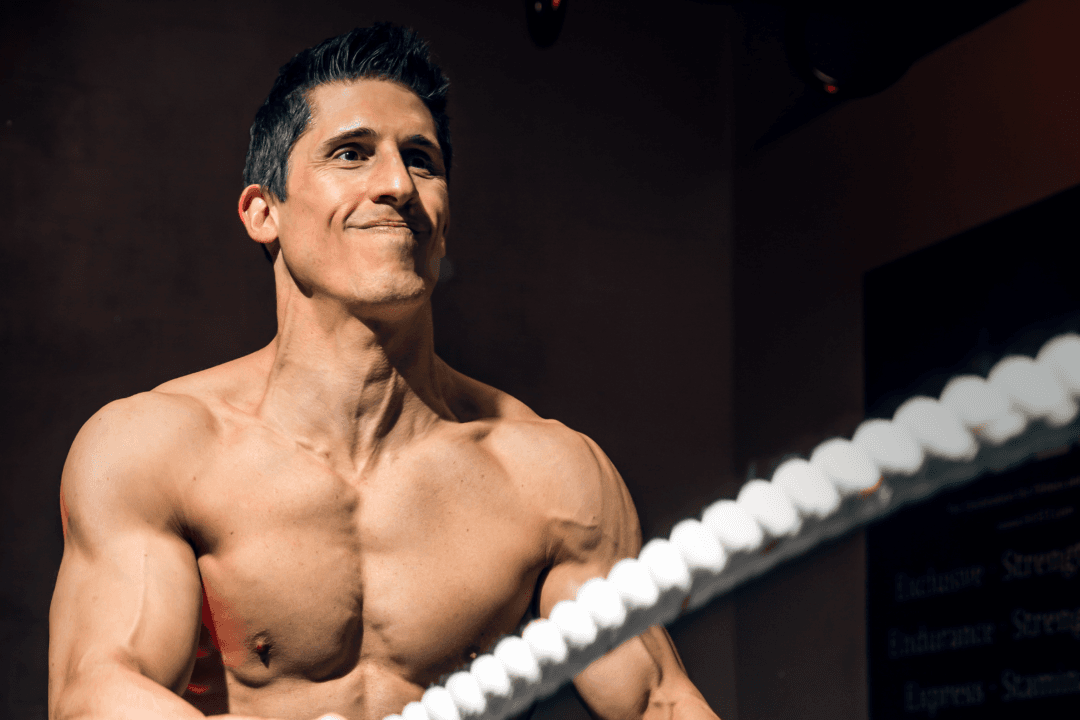Two-thirds of Americans are now overweight or obese, yet we desperately want to be fit. We often blame a lack of willpower, but there’s much more to the story.
We confront a variety of discouraging obstacles on the road to fitness. Heredity, hormonal imbalances, stress, a lack of energy, the ubiquity of junk food, and a culture that demands long periods of sitting—it all stands in the way of having the body we want.






